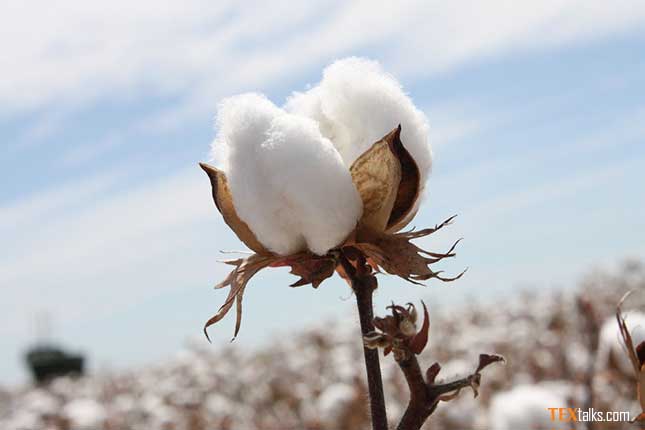WRAP established SCAP 2020 in 2012 and today its members number eighty signatories and supporters, including eleven retailers and brands who are responsible for selling more than half of all UK clothing by volume.
WRAP’s latest clothing report concludes that changes in the fiber composition of clothing sold in the UK by retailer and brand signatories to the Sustainable Clothing Action Plan 2020 (SCAP 2020), and the purchasing of more sustainably-produced fibers are two of the main reasons for the improved footprint of UK clothing.
For five years, leading retailers, brands and organizations from the re-use and recycling sectors have been measuring their progress towards targets under SCAP 2020; the voluntary agreement managed by WRAP to reduce the environmental impact of the UK’s clothing sector.
WRAP’s latest progress report for SCAP 2020 measures the impact of changes made by members against the four targets. These show significant impacts in reducing the Water and Carbon footprints by SCAP 2020 members.
Energy and water saving
Selecting more sustainably-produced fibers from enterprises like the Better Cotton Initiative is significantly reducing the volume of water used in clothing sold by SCAP 2020 members. WRAP found that the total reduction in water-use during the lifetime of garments sold by SCAP 2020 members has saved the equivalent of 42,000 baths of water per tonne of clothing sold. The other significant saving is in carbon, i.e. greenhouse gases emissions (GHGs) over the lifetime of garments sold by SCAP 2020 signatories.
Area of concern
Waste Target remains is also an area of concern ahead of the final two years of SCAP 2020, and WRAP has set out a series of recommendations that signatories need to address.
Mr Peter Maddox, Director, WRAP explained, “I am delighted by what SCAP 2020 signatories have achieved. Compared with the wider sector they continue to set the bar high for improving sustainable practices. And it’s important that they do because while clothing might only be the eighth largest sector in terms of household spend, it has the fourth largest environmental impact behind housing, transport and food. As the Environmental Audit Committee into fast fashion has shown, there’s a lot more work to do on clothing and I believe that initiatives like SCAP 2020 have an important role to play. The public is getting increasingly concerned about the impact of clothing on the environment, just like it has in relation to plastics following Blue Planet II.”



